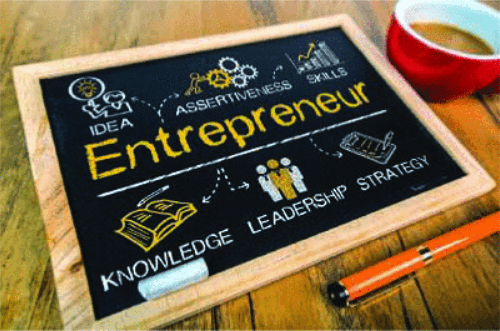Academic Entrepreneurship

Academic Entrepreneurship1 by Pamela Bhatti and SRINI TRIDANDAPANI
In most research settings, idea generation is ubiquitous. Many may recall a laboratory or group meeting where science and innovation move with fluidity. Schemes ranging from “harebrained” to “elegant” or “simple” are exchanged and debated. If translation to practice can be envisioned, the next logical steps are to design, build, and validate or disclose.
While the TTOs at many universities have astutely streamlined the invention disclosure process to ease the burdens on an investigative team, an early hurdle faced is the question of how to assign the proportion of contributions among the team members in the disclosure. Assigning equally is the default, assuming all members of the team have equal rights to the IP. This brings us to step one: understand the IP policy in your country and at your institution, as it is likely to vary among groups, such as faculty and staff or graduate and undergraduate students.
Focusing further on timing, junior inventors should be cognizant that most start-up ventures fail, and failed commercialization efforts are unlikely to be viewed favorably by promotion and tenure committees. Thus, investigators need to seek balance between publication and pursuing patents and commercialization.
